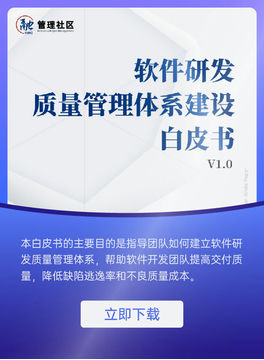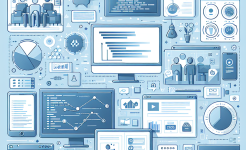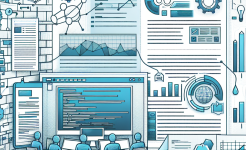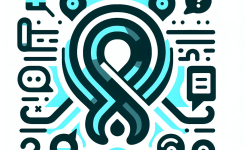文档型数据库适用场景是什么
Zentao
Zentao Project Management Software
Title: The Benefits of Traditional Chinese Medicine in Modern Healthcare
1. Introduction
1.1 The history and philosophy of Traditional Chinese Medicine (TCM)
Traditional Chinese Medicine (TCM) has a history dating back thousands of years and is based on the philosophy of yin and yang, the five elements, and the flow of Qi (vital energy) in the body.
1.2 The integration of TCM into modern healthcare
In recent years, there has been a growing interest in integrating TCM into modern healthcare systems around the world due to its holistic approach to health and well-being.
2. The principles of TCM
2.1 Yin and yang balance
TCM emphasizes the importance of maintaining a balance between yin and yang in the body to achieve optimal health. Imbalances can lead to various health issues.
2.2 The five elements
The five elements (wood, fire, earth, metal, water) are believed to influence the body's organs and systems. TCM practitioners use this concept to diagnose and treat illnesses.
2.3 Qi and meridians
Qi flows through meridians in the body, and blockages or imbalances in this flow can lead to health problems. TCM treatments aim to restore the smooth flow of Qi.
3. The benefits of TCM in modern healthcare
3.1 Holistic approach
TCM takes into account the physical, mental, emotional, and spiritual aspects of a person's health, providing a comprehensive approach to healing.
3.2 Personalized treatment
TCM practitioners tailor treatment plans to each individual based on their unique constitution and health concerns, leading to more personalized and effective care.
3.3 Prevention and maintenance
TCM focuses on preventing illness and maintaining overall health through lifestyle modifications, dietary changes, and herbal remedies, promoting long-term well-being.
3.4 Complementary to Western medicine
TCM can complement Western medical treatments by addressing underlying imbalances and supporting the body's natural healing processes, leading to enhanced outcomes.
4. Common TCM treatments
4.1 Acupuncture
Acupuncture involves the insertion of thin needles into specific points on the body to promote the flow of Qi and alleviate pain, reduce inflammation, and improve overall health.
4.2 Herbal medicine
Herbal remedies are prescribed based on the individual's diagnosis and can help regulate the body's functions, strengthen the immune system, and address various health issues.
4.3 Cupping therapy
Cupping involves placing cups on the skin to create suction, promoting blood flow, reducing muscle tension, and detoxifying the body.
4.4 Tui Na massage
Tui Na is a form of Chinese massage that combines acupressure, stretching, and manipulation techniques to relieve pain, improve circulation, and promote relaxation.
5. Conclusion
In conclusion, Traditional Chinese Medicine offers a wealth of benefits in modern healthcare, including a holistic approach to health, personalized treatment plans, prevention and maintenance strategies, and complementary therapies to Western medicine. By integrating TCM into healthcare systems, individuals can experience improved well-being and enhanced health outcomes. Embracing the ancient wisdom of TCM alongside modern medical advancements can lead to a more comprehensive and effective approach to healthcare.
POPULAR TAGS
Project management system(114)Construction project management(94)What is the IPD development process(76)IT project management(57)Project management experience(56)Project cost management(54)Software project management(53)What is project management(52)IPD management system(50)IPD process management(49)Senior project manager(49)IPD project schedule management(48)Project management engineer(47)IPD project life cycle management(47)Investment project management(46)Five steps of IPD project management(44)IPD R(43)amp;D process(43)Project manager(43)IPD project management software(42)Project quality management(42)Project risk management(42)IPD process guide(41)amp;D project management(39)R(39)IPD project management process(38)IPD development process(37)IPD process tr(37)IPD project consulting(36)IPD Project Management(36)











